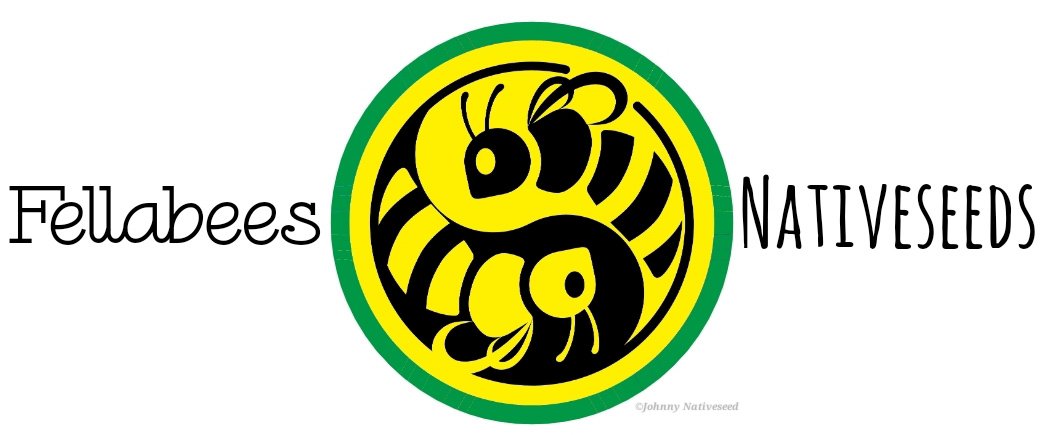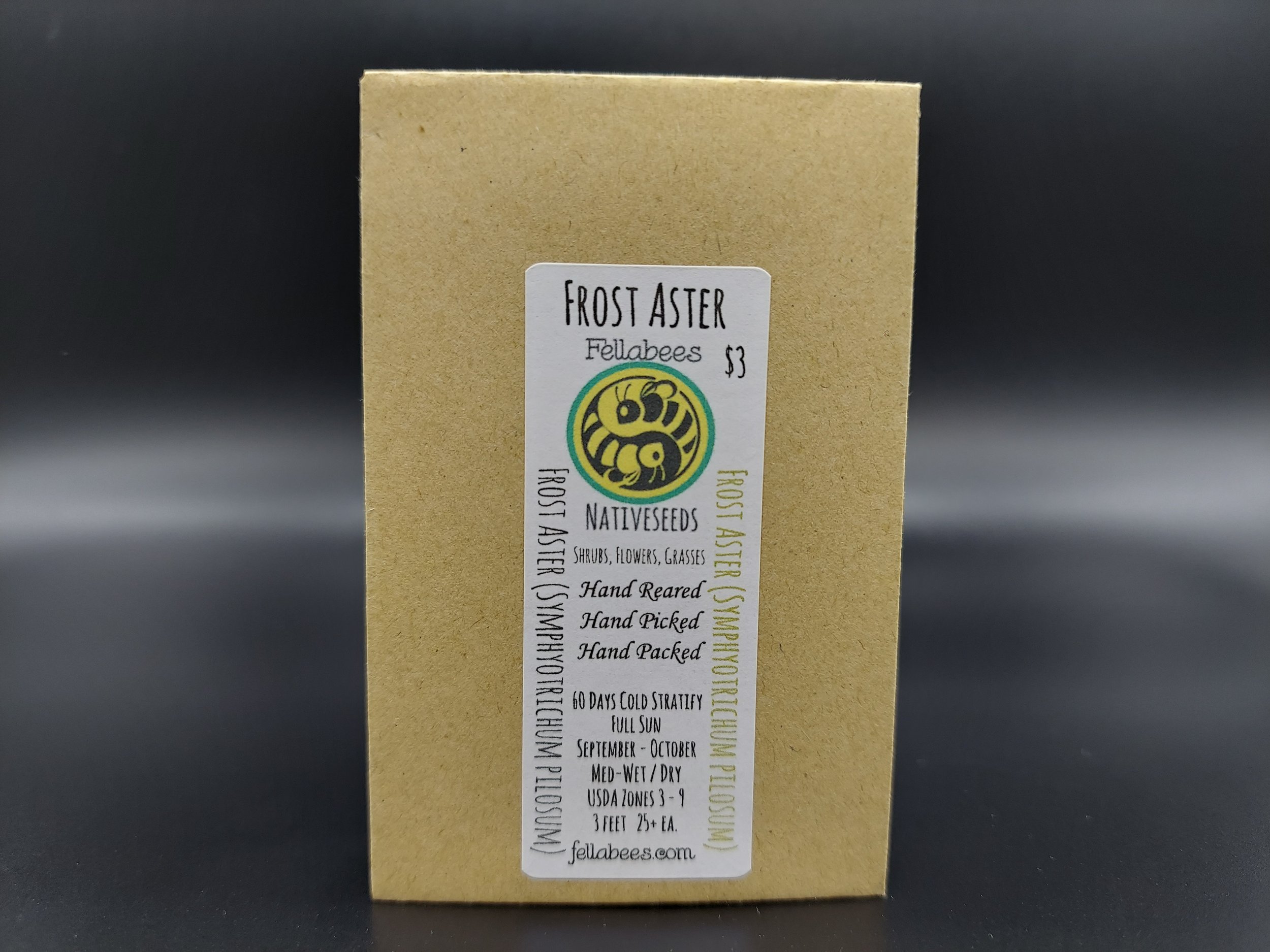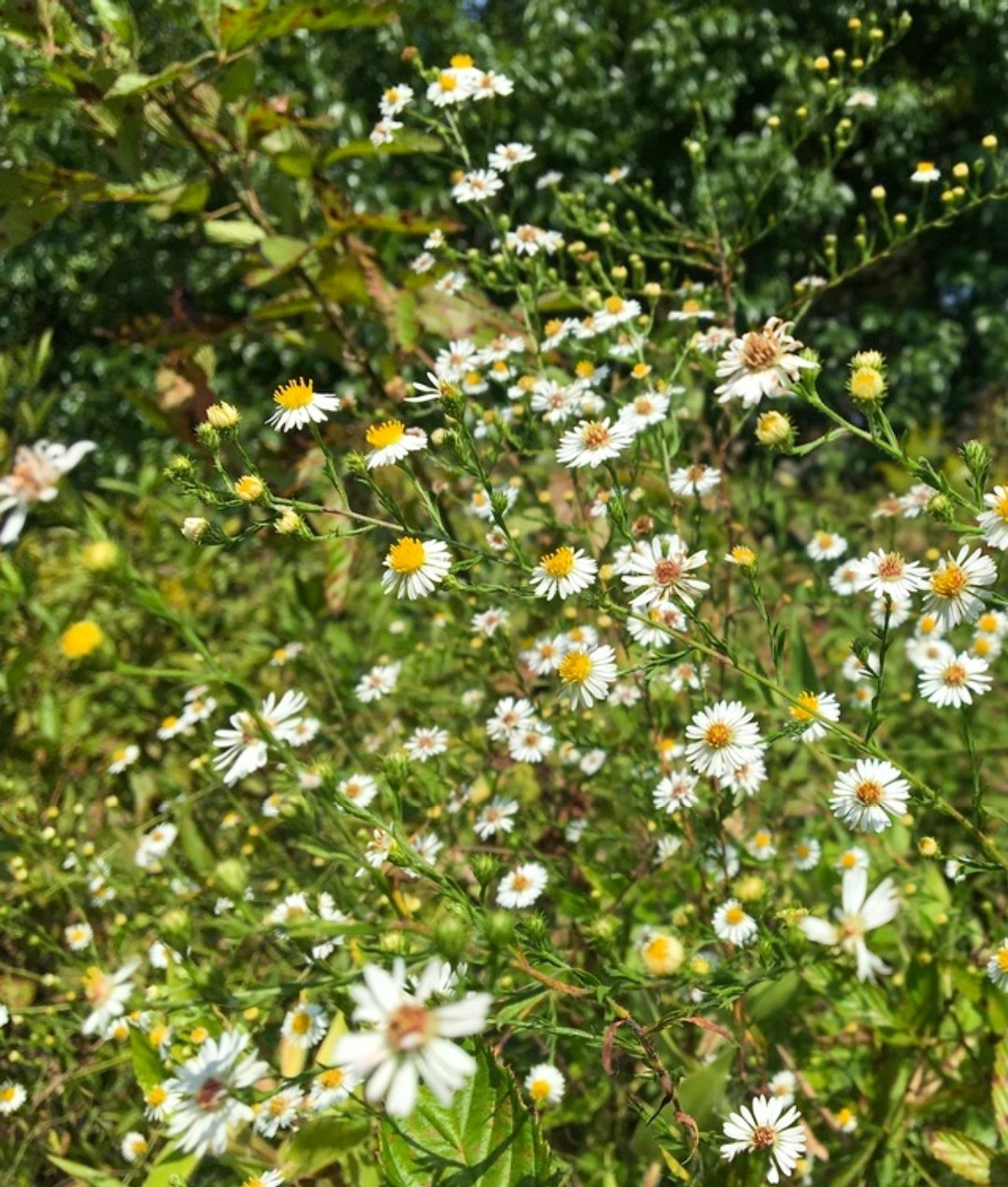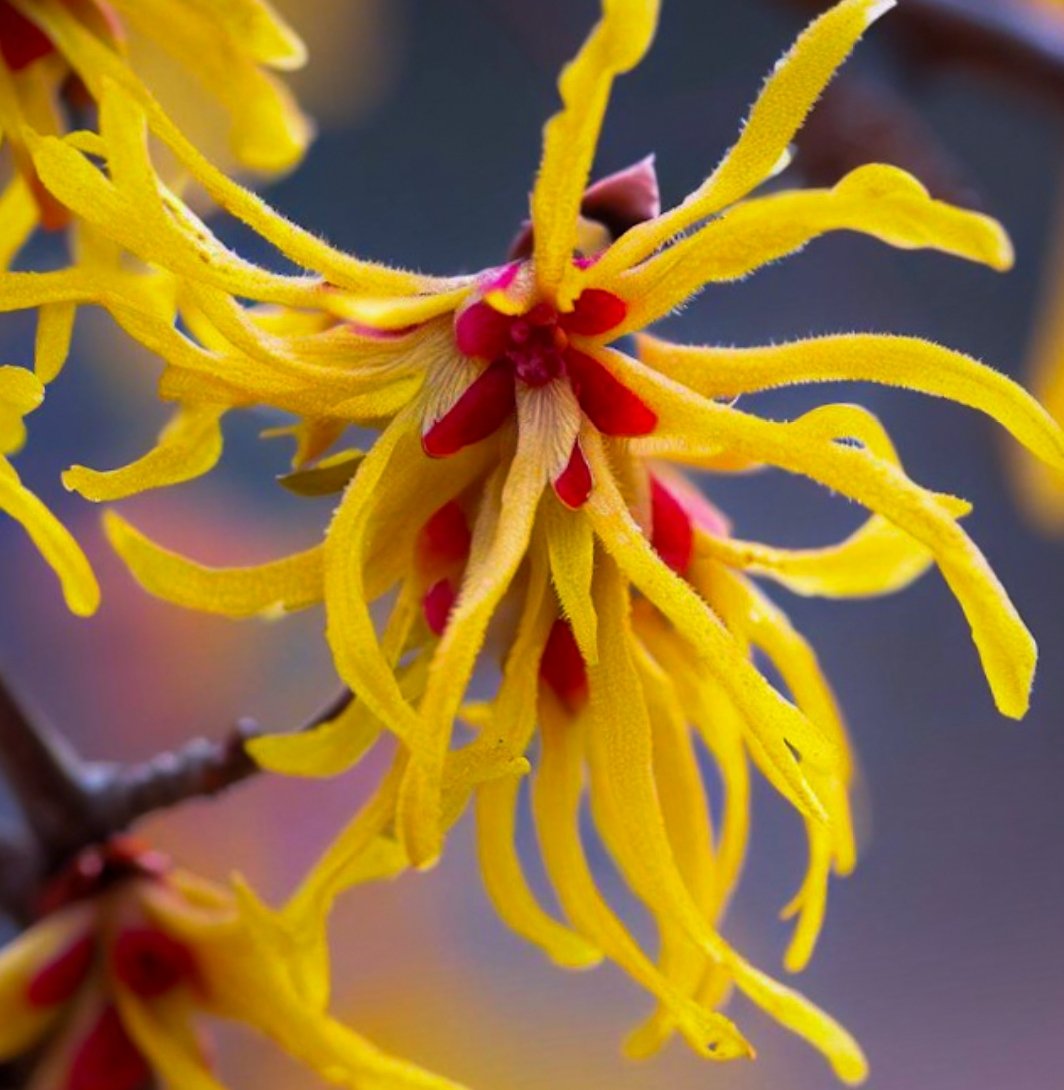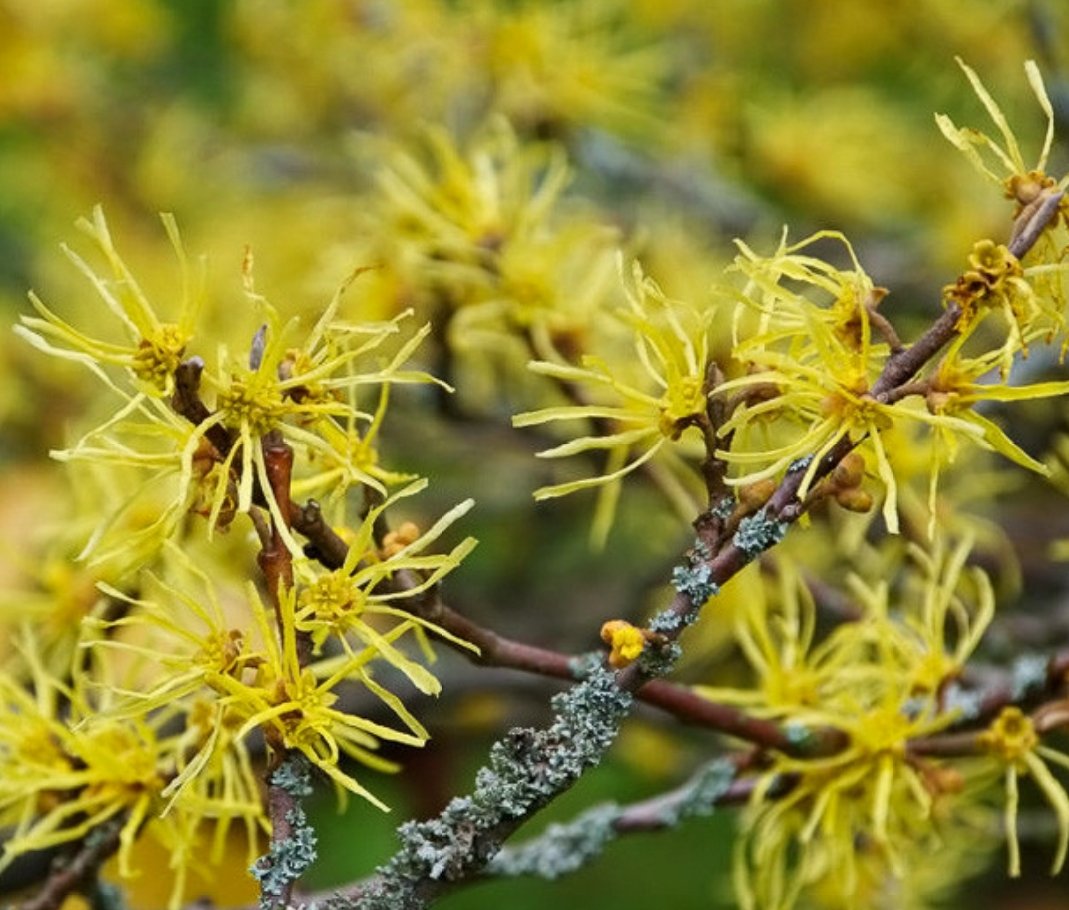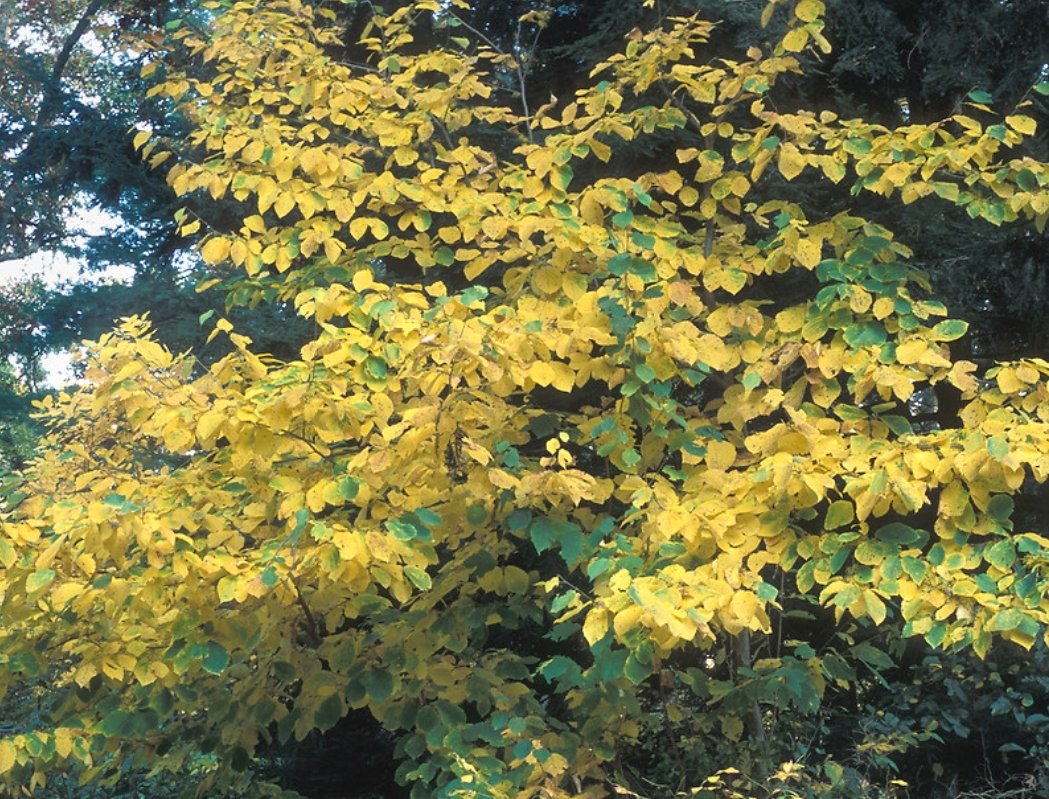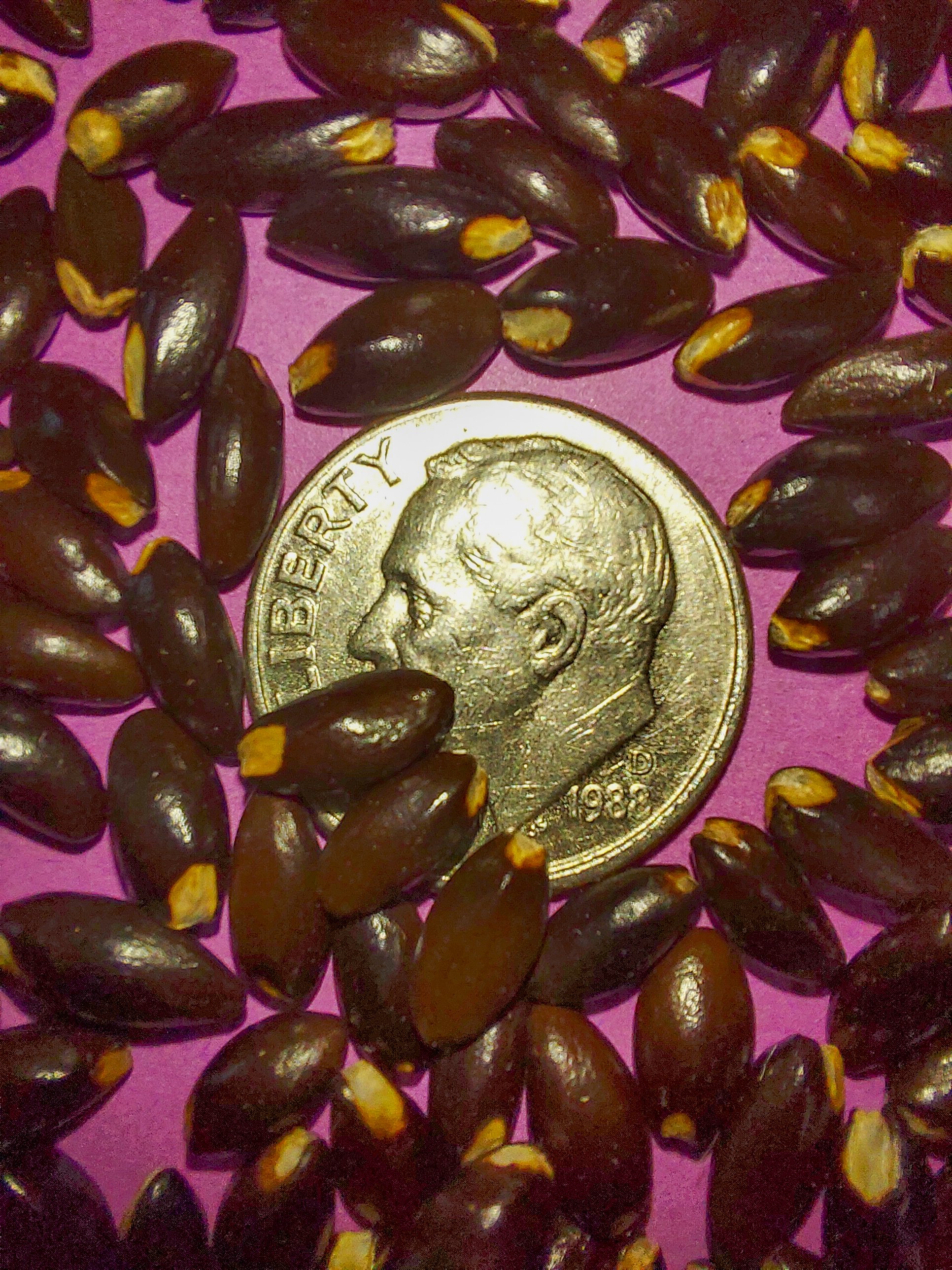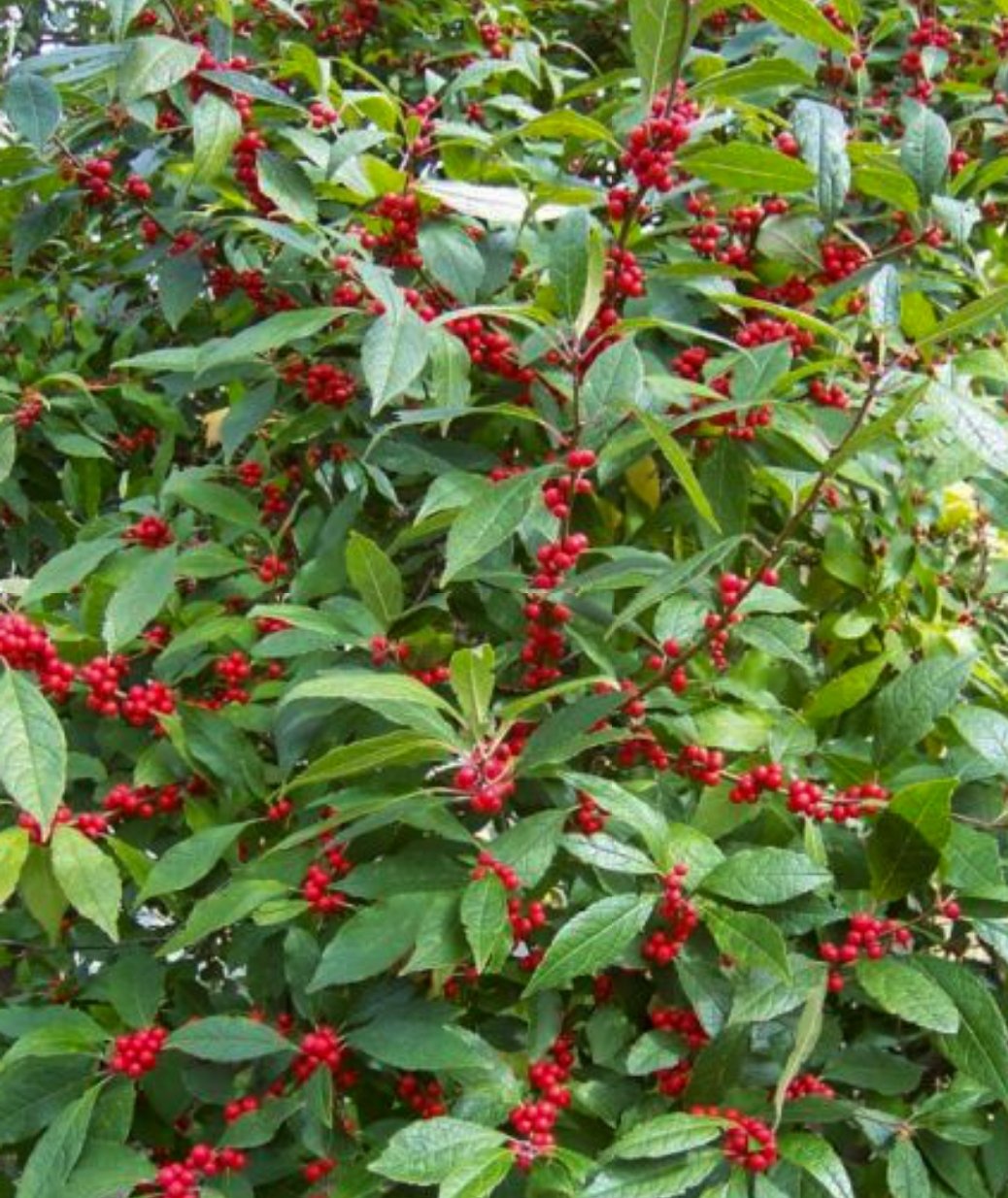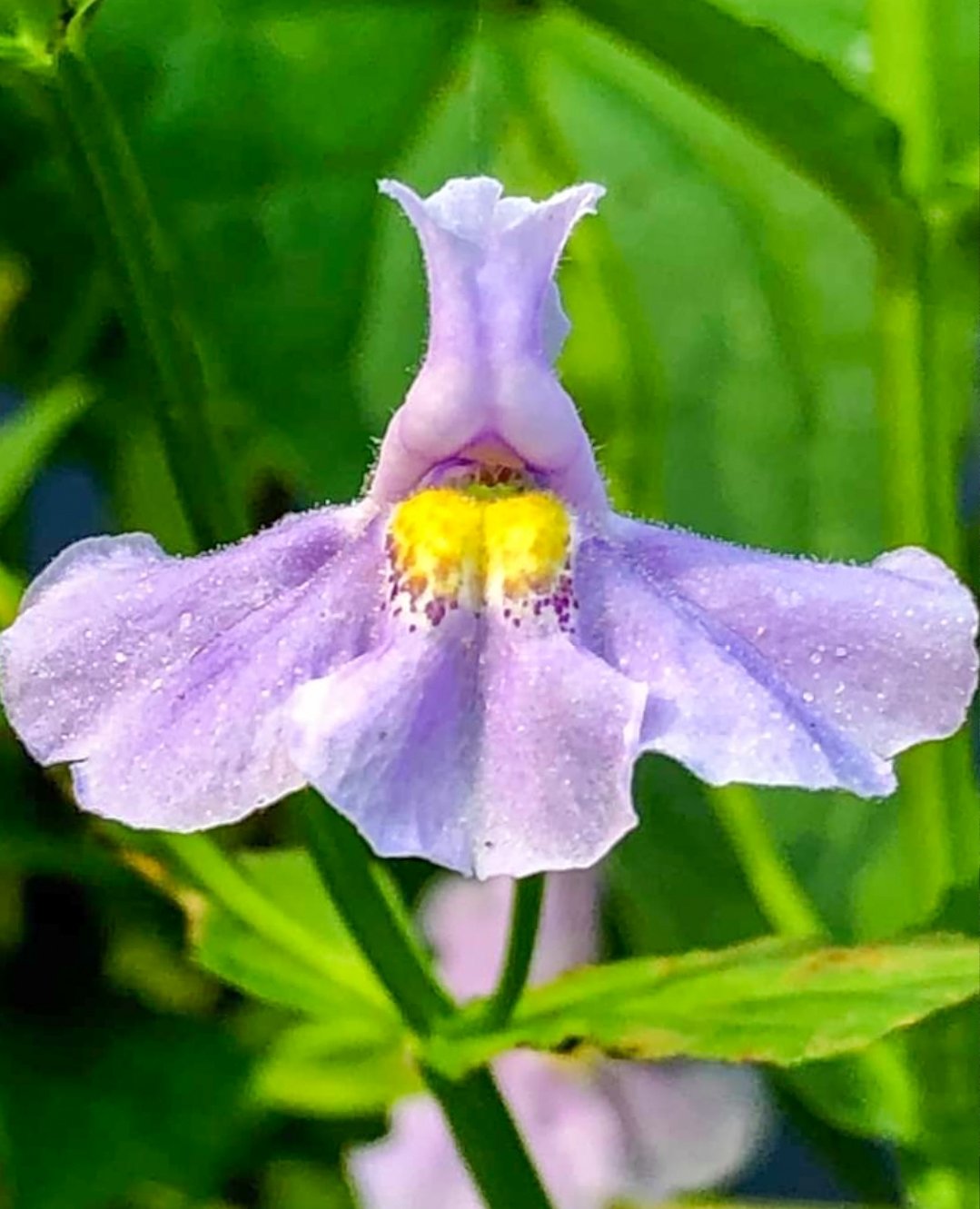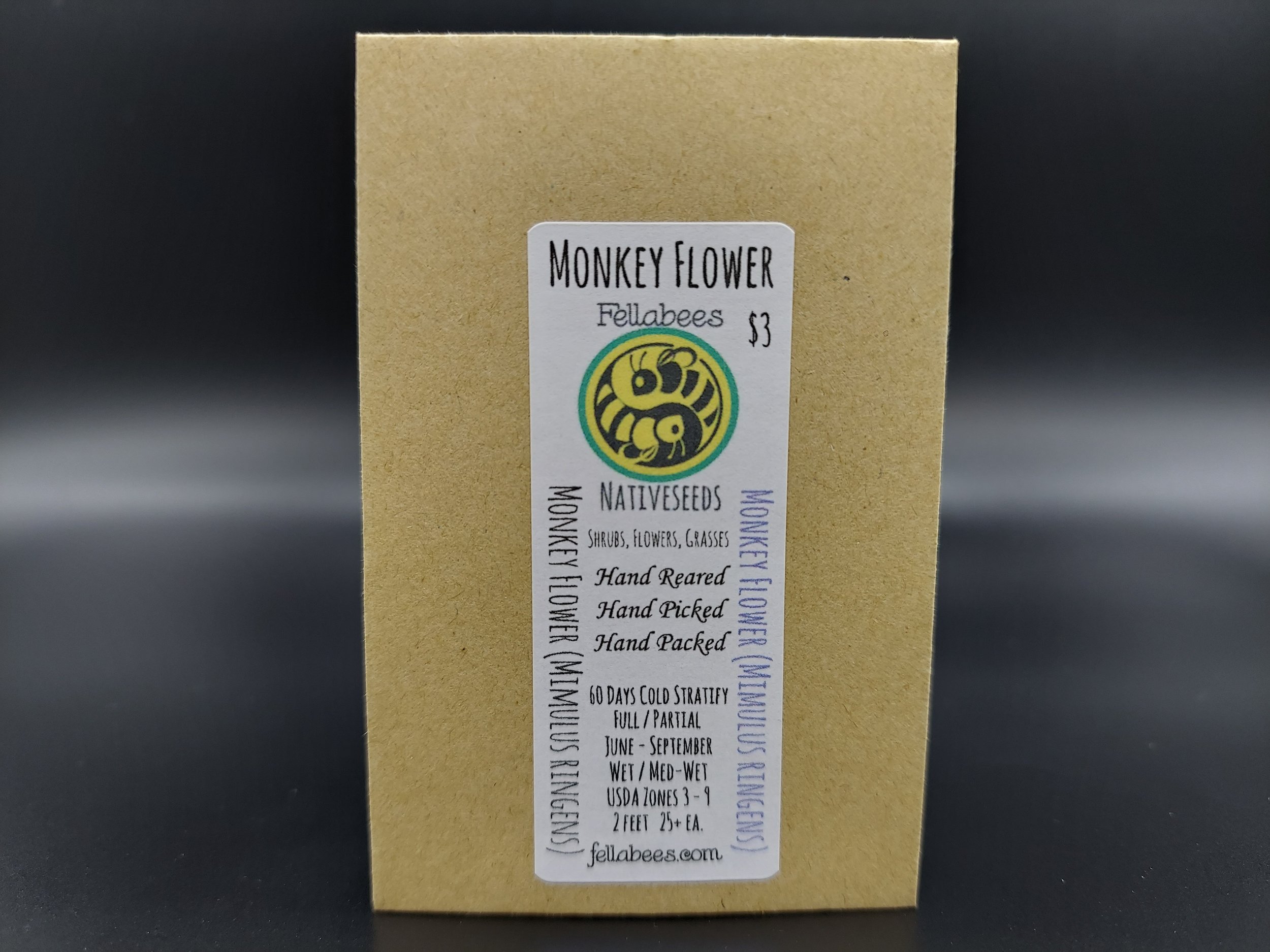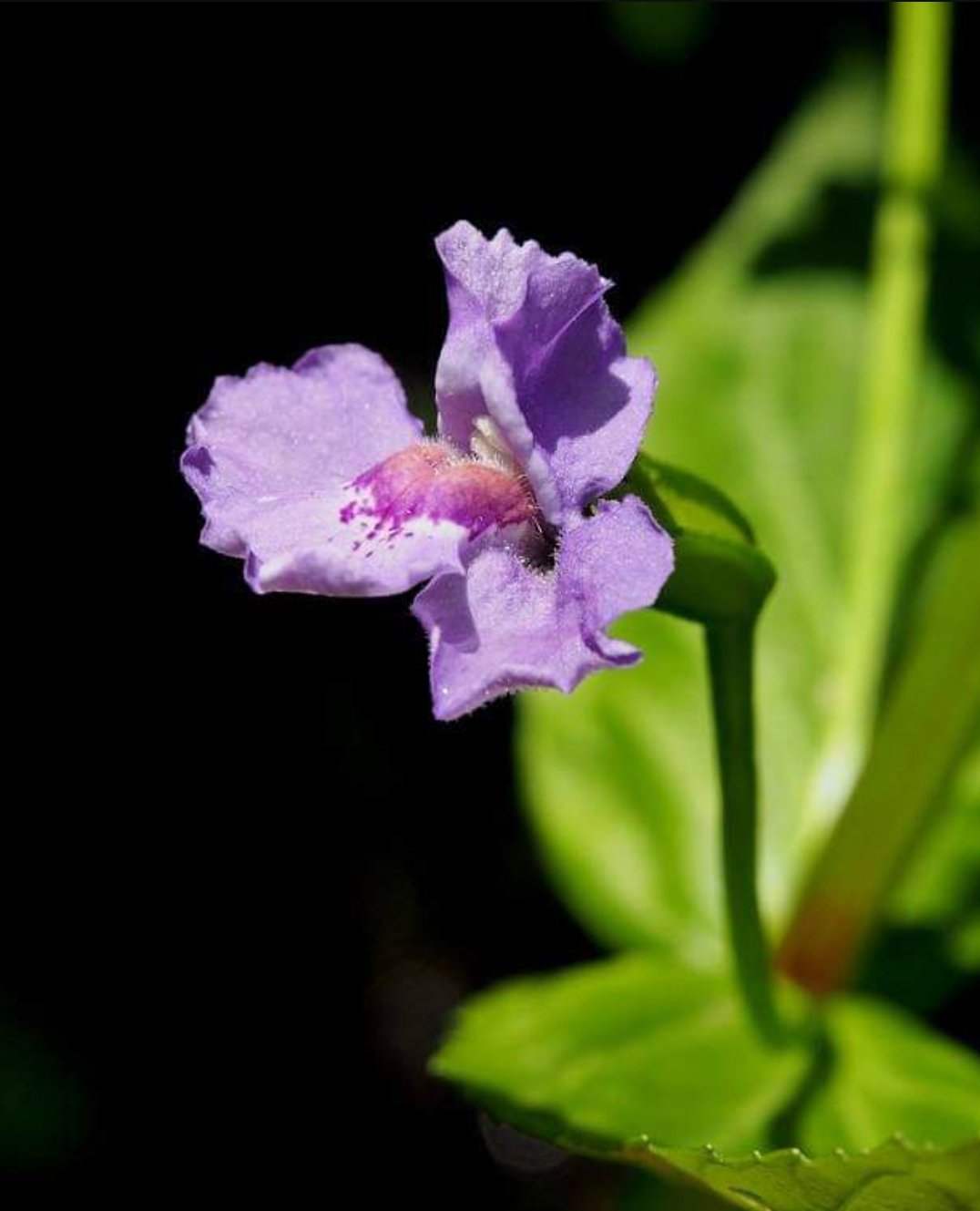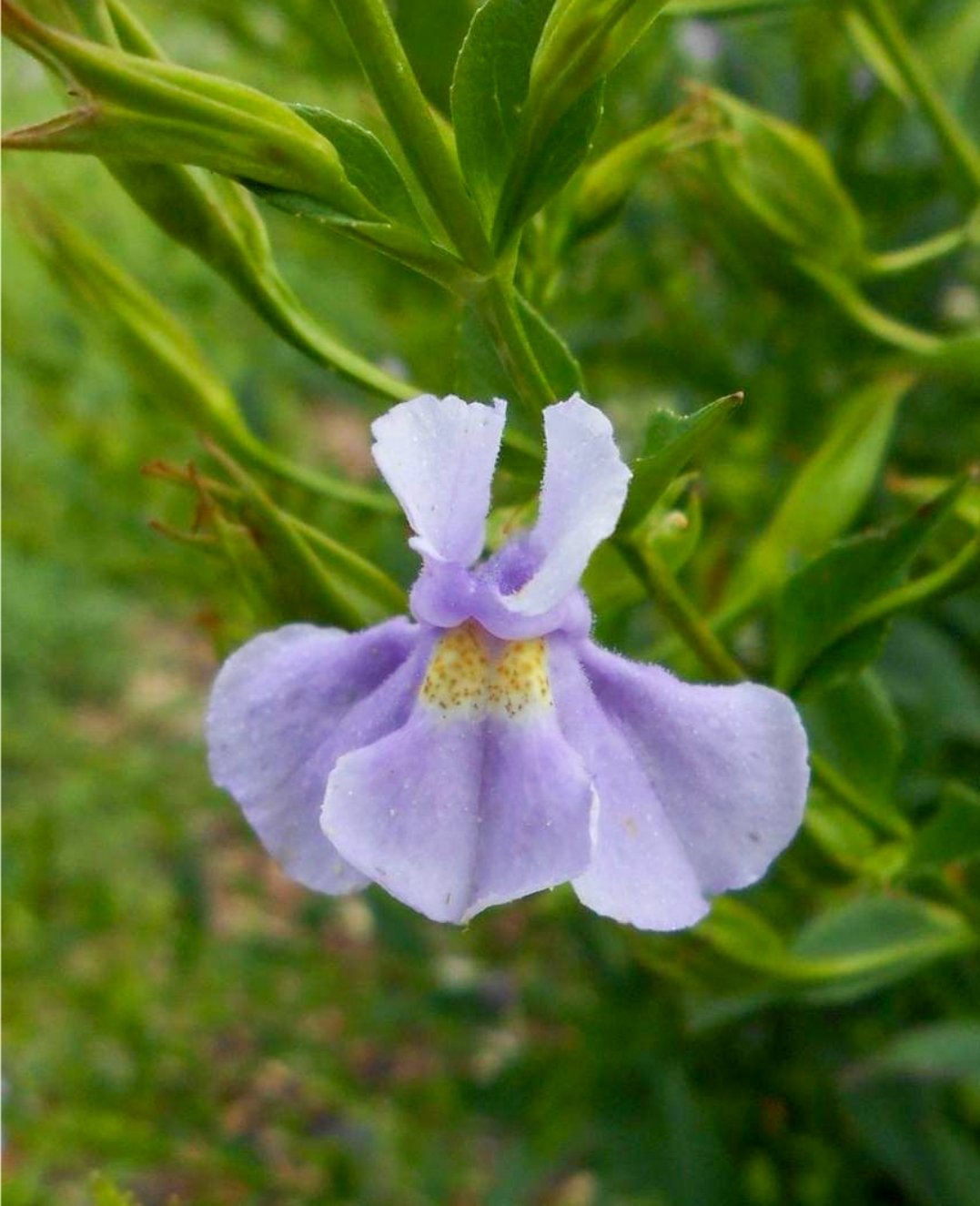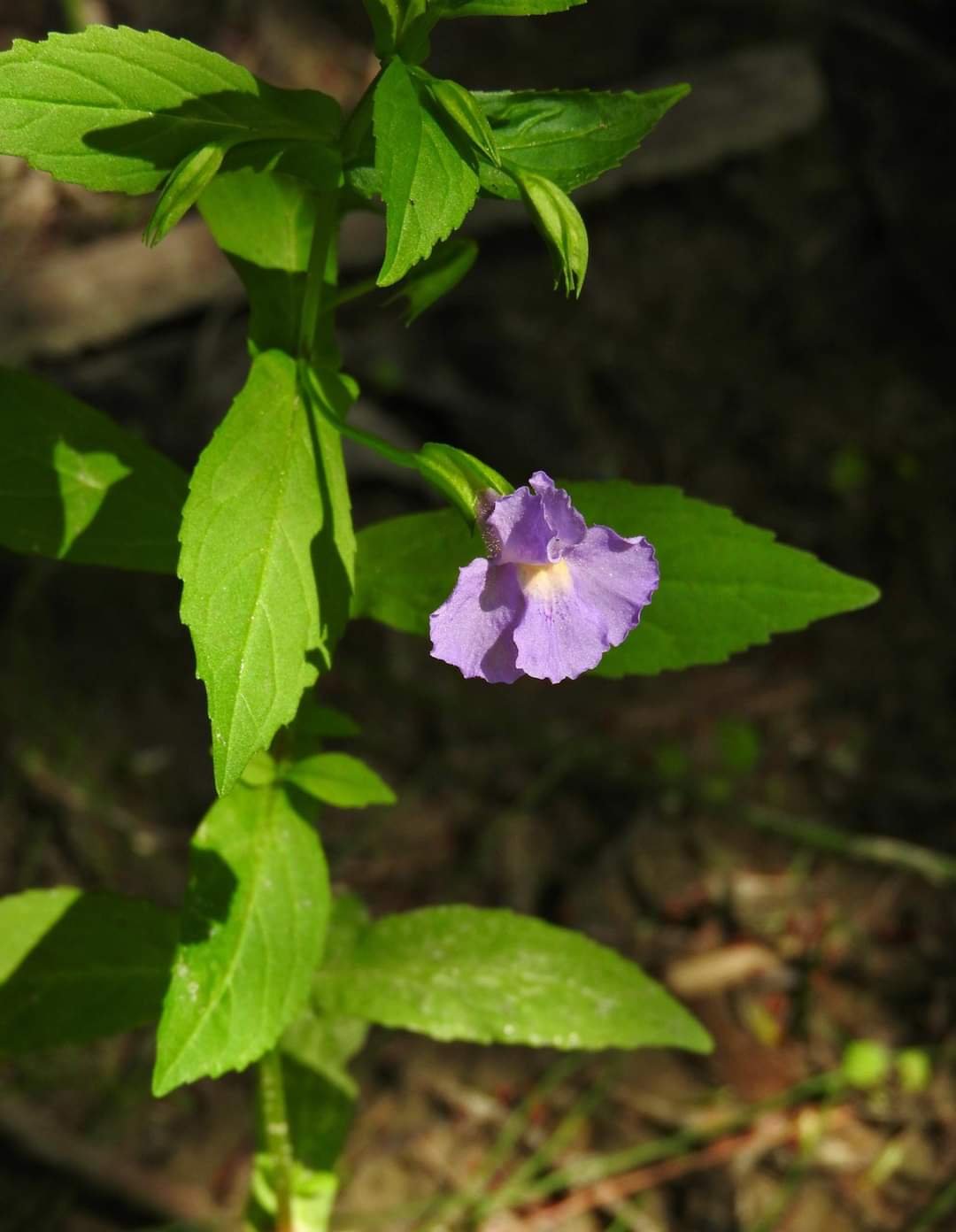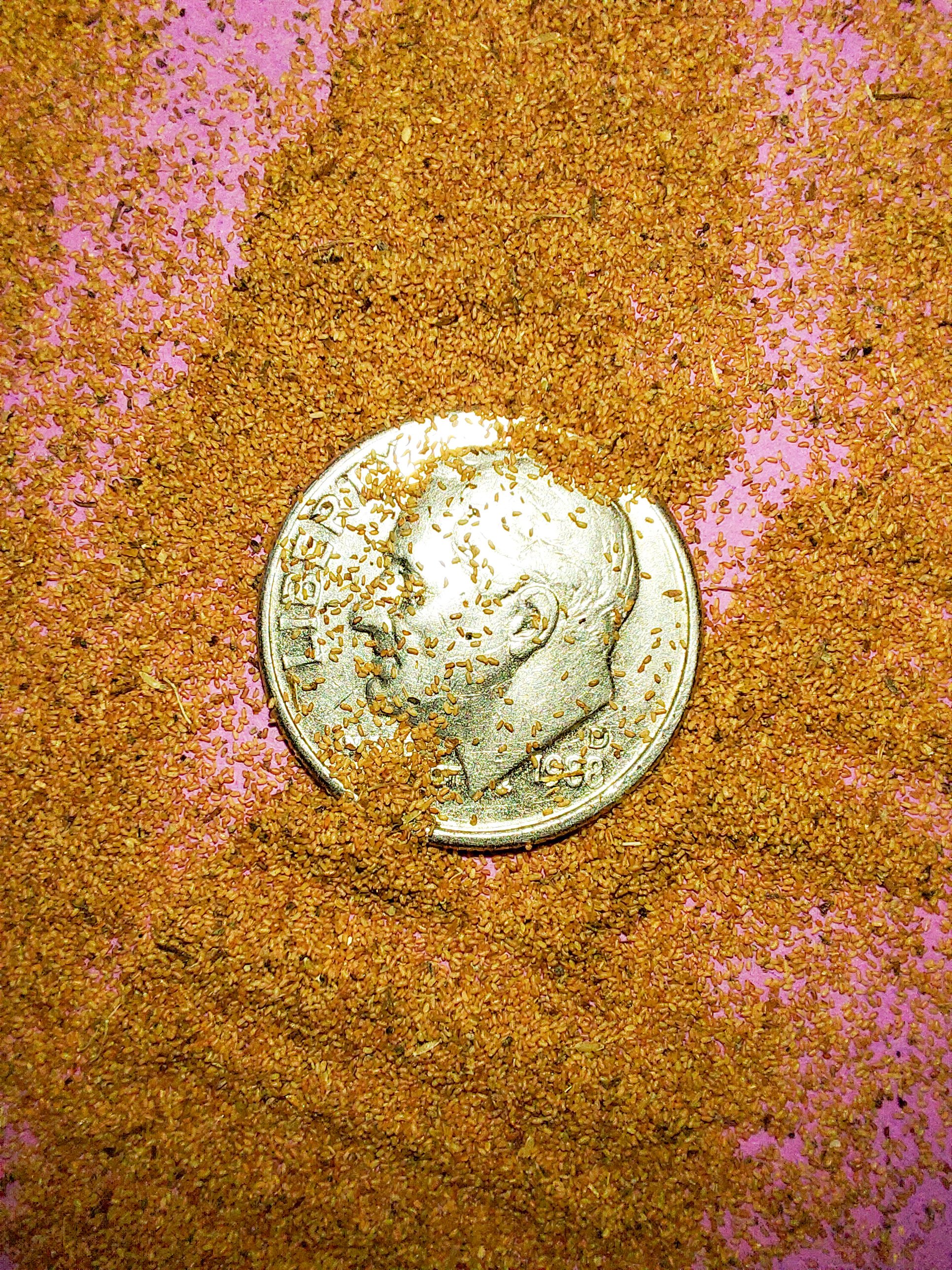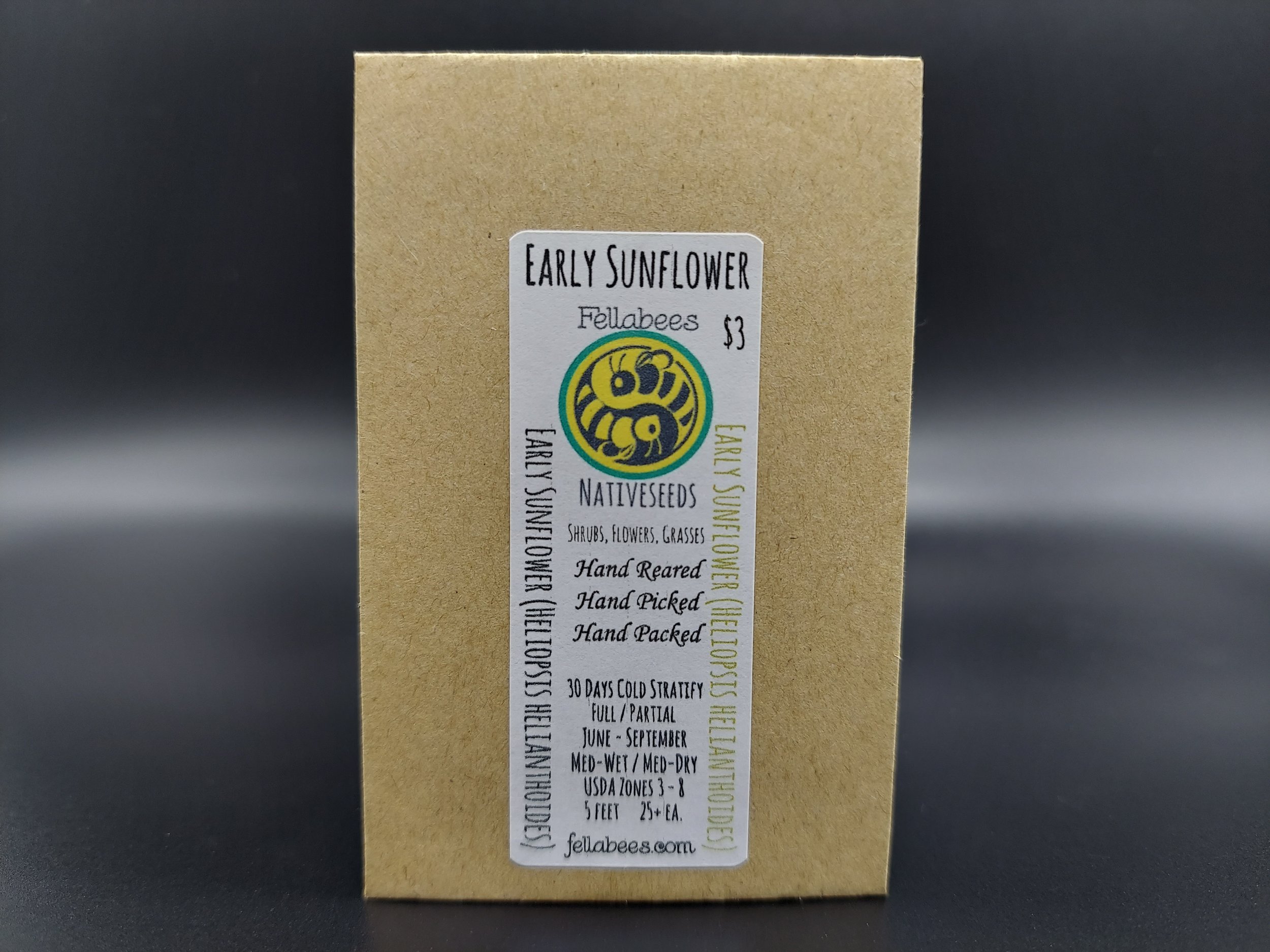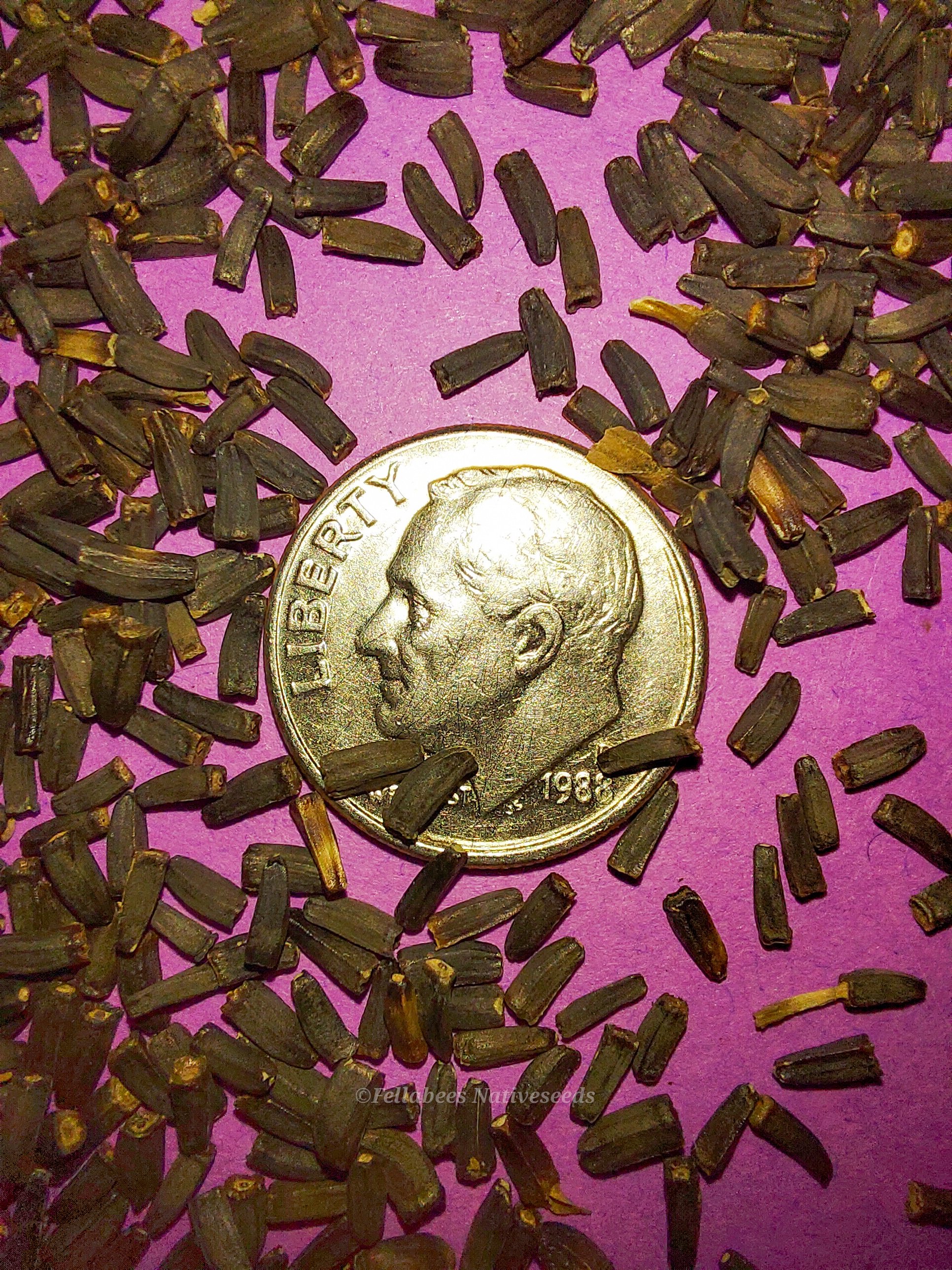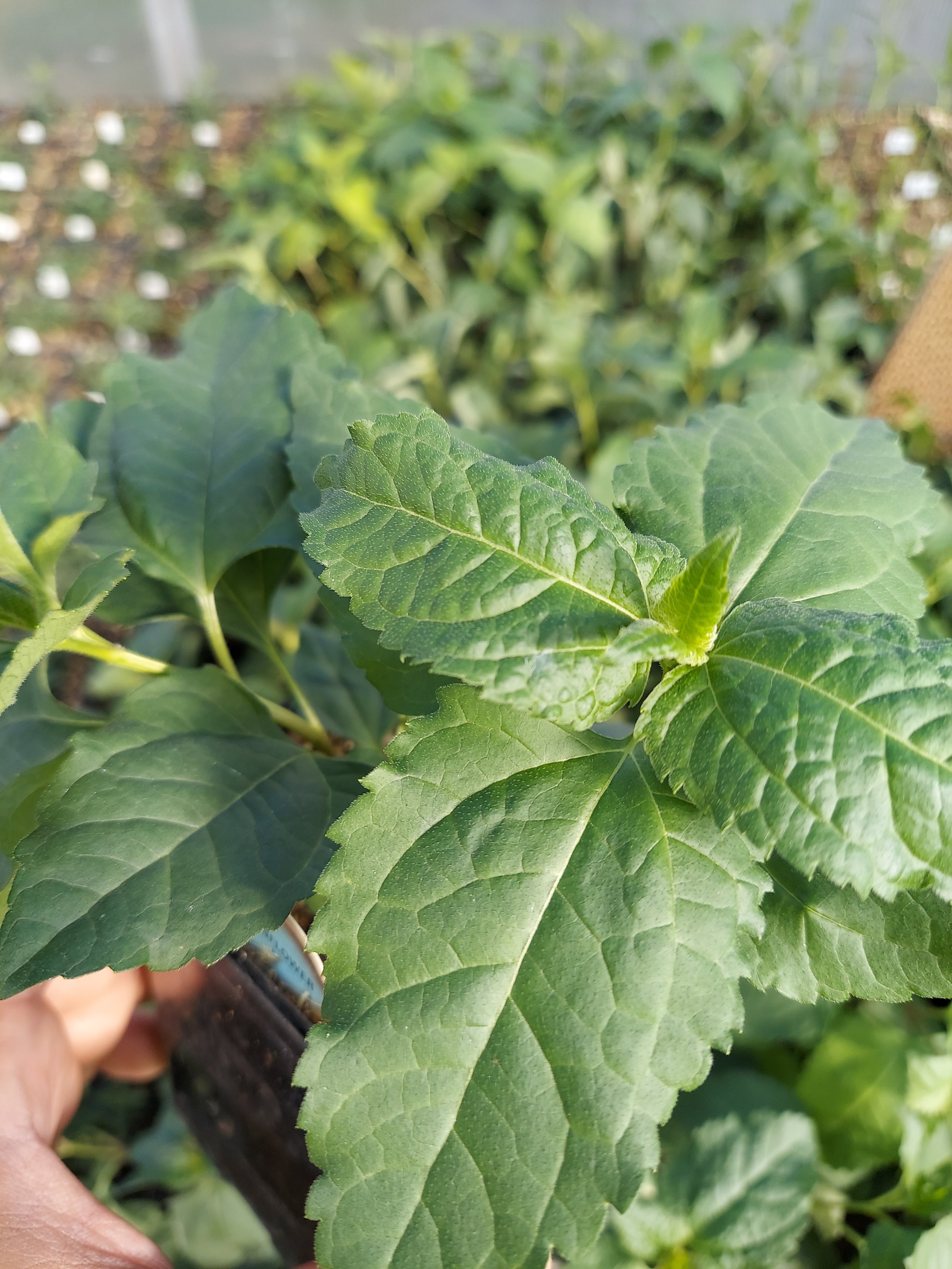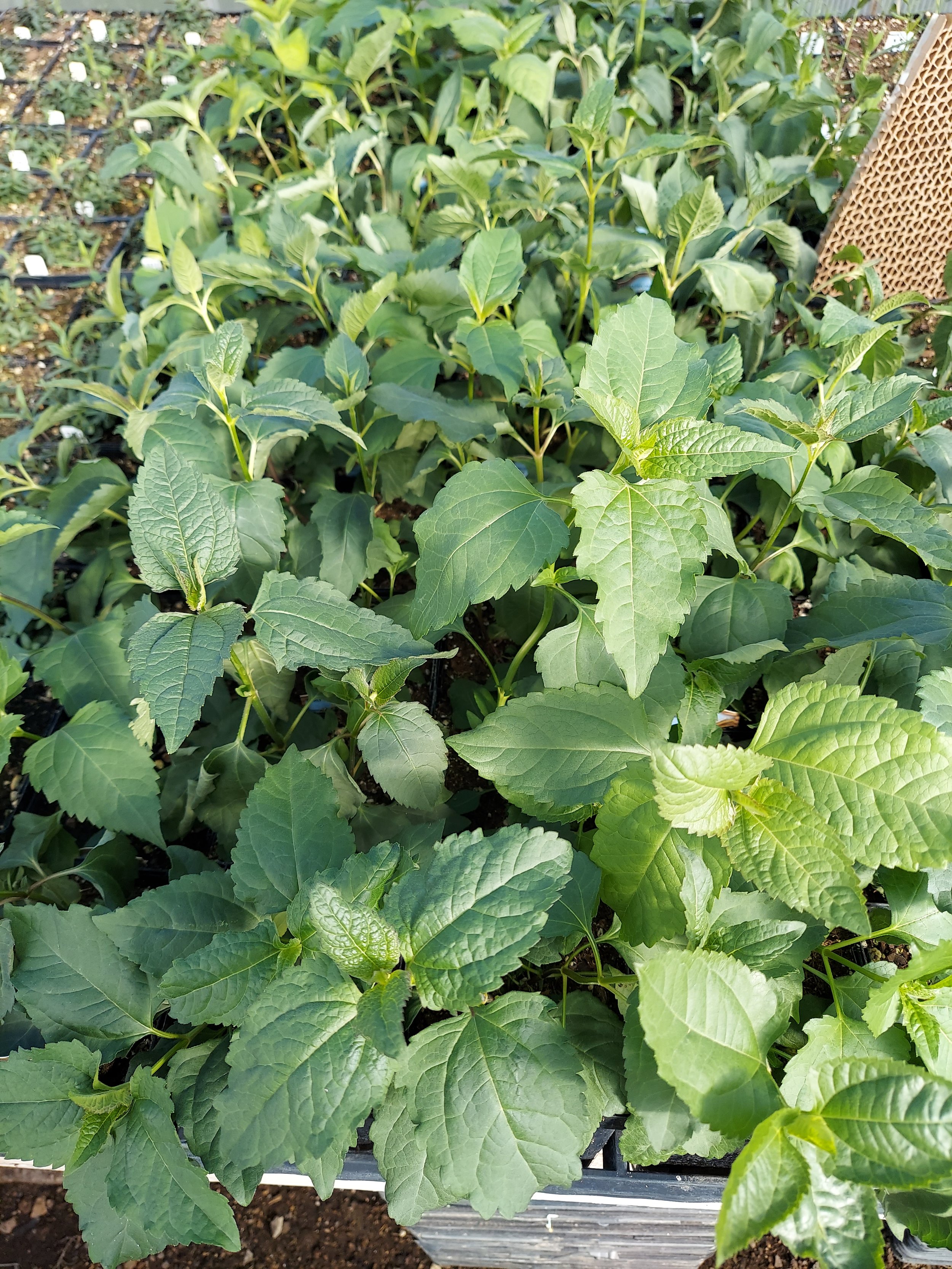 Image 1 of 6
Image 1 of 6

 Image 2 of 6
Image 2 of 6

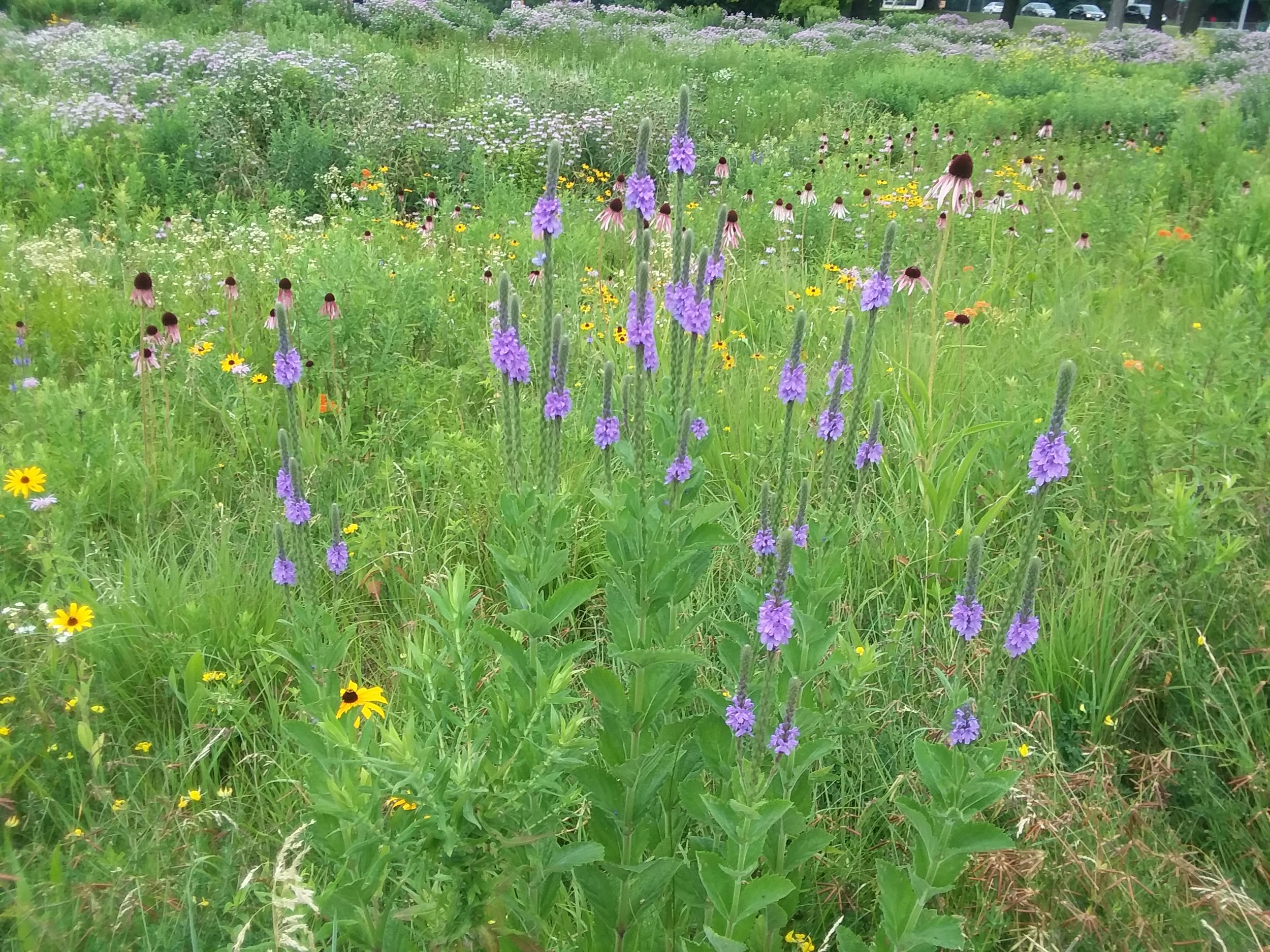 Image 3 of 6
Image 3 of 6

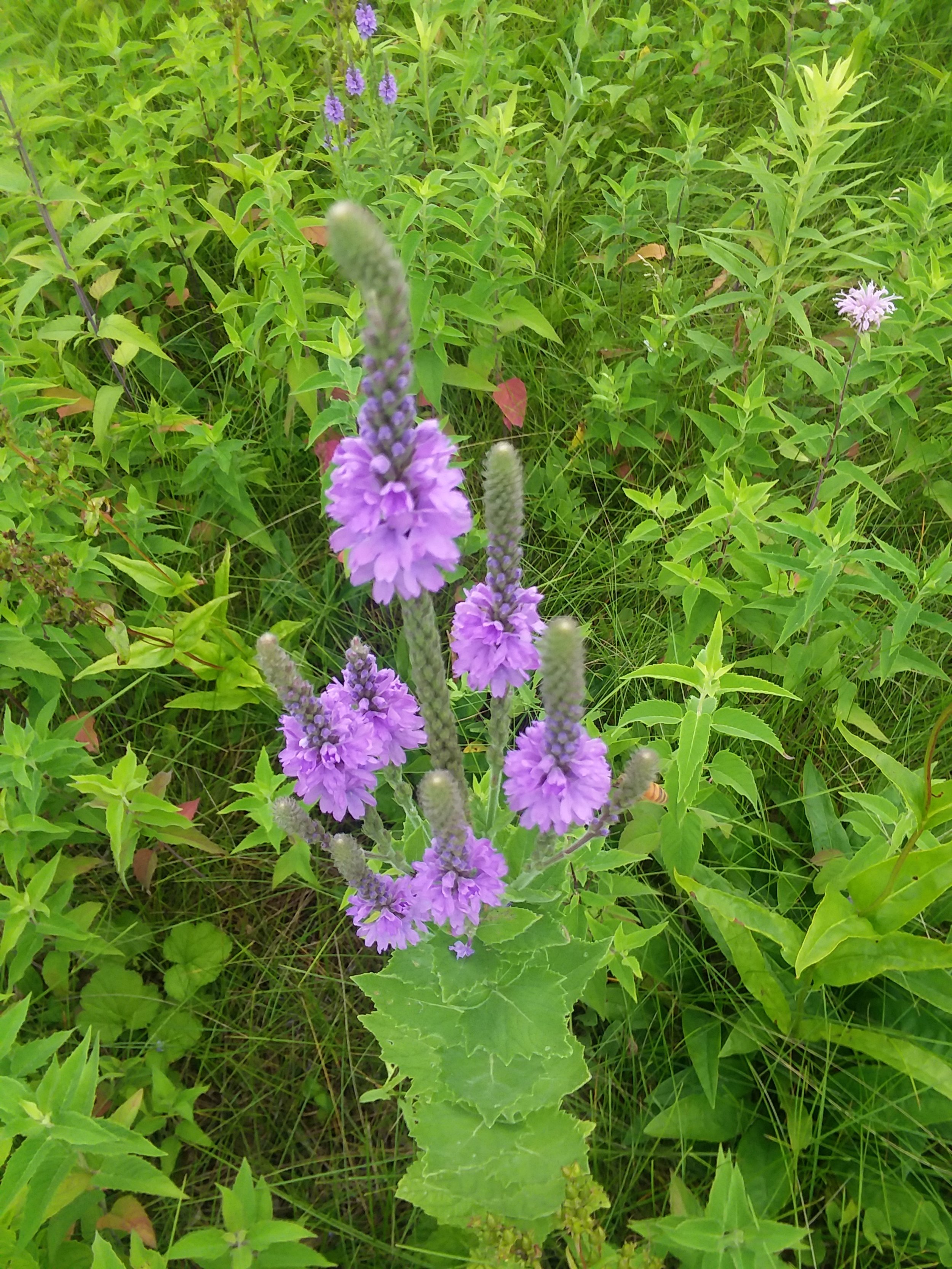 Image 4 of 6
Image 4 of 6

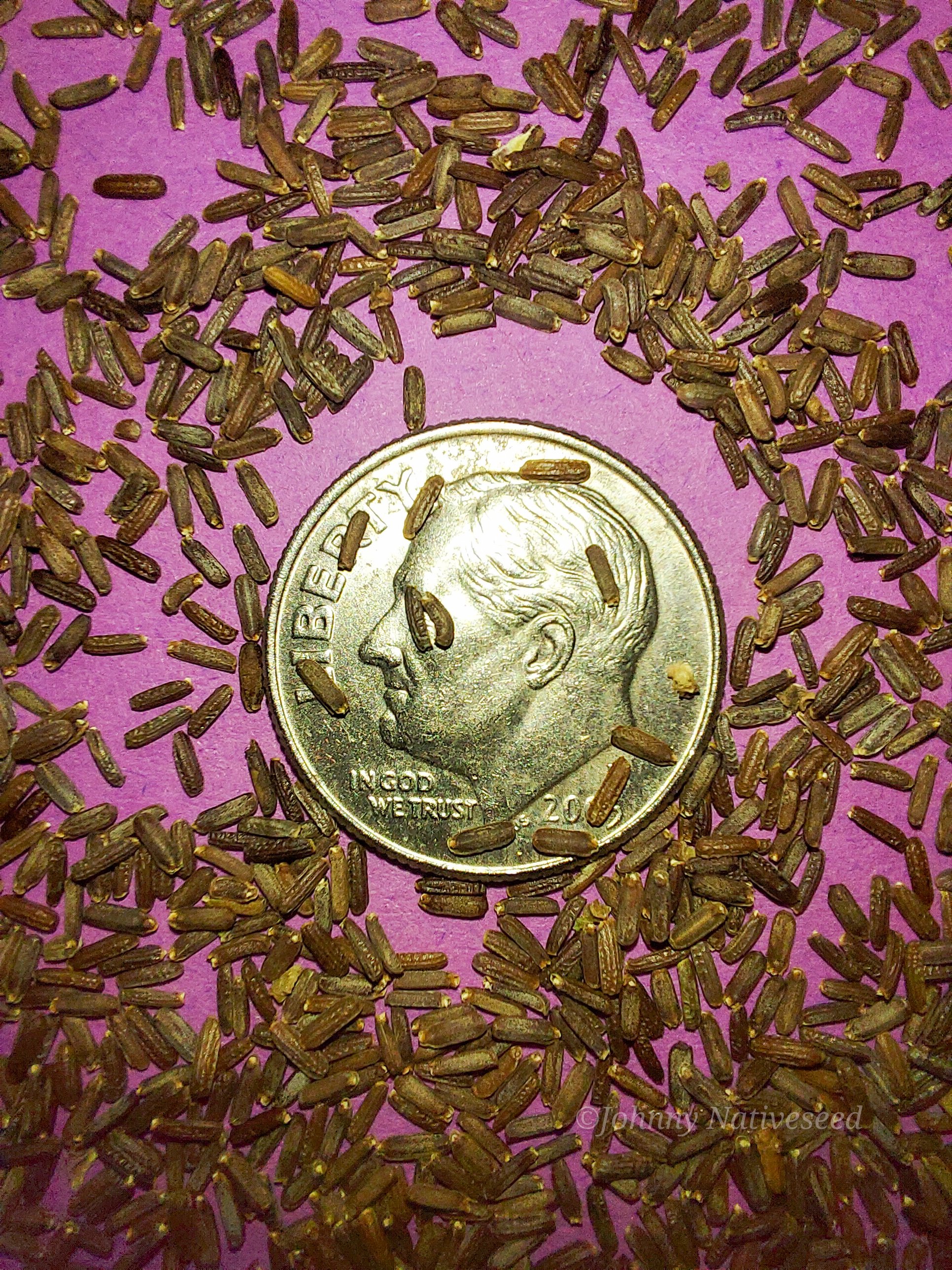 Image 5 of 6
Image 5 of 6

 Image 6 of 6
Image 6 of 6







Hoary Vervain (Verbena stricta)
Hoary Vervain (Verbena stricta)
Verbena stricta is the scientific name for the native plant more commonly known as known Hoary Vervain, which is a small purplish blue wildflower endemic to a large region of the Central United States.
Verbena stricta is native to Oklahoma, Kansas, Nebraska, South Dakota, North Dakota, Colorado, Wyoming, Minnesota, Wisconsin, Michigan, Iowa, Indiana, Illinois, and Ohio.
Because of its versatility and hardiness, this species is even more widespread and the only states where it does not appear are Oregon, California, Louisiana, Florida, South Carolina, Virginia, New Jersey, Connecticut, Rhode Island, Massachusetts, Vermont, New Hampshire, and Maine.
Hoary Vervain is mostly found in meadows, fields, dry, sandy soils, and anthropogenic biomes, which include man-made or disturbed habitats. Due to the habitats Hoary Vervain lives in, it is an extremely drought-resistant and nonaggressive species.
In ideal growing conditions it can grow up to 2–4 feet, with a spike topping the plant. This spike includes a densely packed cluster of half-inch flowers, which bloom sequentially as they slowly race up the spire throughout its very long blooming season.
The flowers can bloom in a variety of colors, the majority of them being of a purple or lavender shade, but can appear with rose pink or white more rarely. The flower includes five petals fused at the base, forming a short tube. The petal lobes are unequal in size and length, with the two later lobes being the largest and a notched lobe at the top of the bottom lobe. As the plant ages, the spike atop the plant will elongate. The spike topping the plant will eventually seed and encapsulate tiny nutlets. The fruit is usually 0.08–0.12 inches in length when ripe.
Hoary Vervain is an extremely important component in any butterfly garden, as the planylt is the host for the beautiful Common Buckeye Butterfly, and the seeds are also an important dietary portion of many small birds and mammals. The plant is never bothered by deer or rabbits.
This plant is often seen being serviced by many native bees, including mining bees, sweat bees, and bumblebees, as well as many species of pollinating predators!
Plant Details
USDA Zones: 3-8
Germination Needs: 60 Days Cold Stratification, Seed is very small and likes soil contact and a view of the light to germinate. Surface sow and do not cover with more than a dusting if any soil. Keep moist until germination but not soaking, if growing in trays water from the bottom only.
Life Cycle: Perennial
Sun Exposure: Full to Partial
Soil Moisture: Medium-Dry, Dry
Plant Spacing: ½-1 foot
Height: 2 feet
Bloom time: June, July, August, September
Bloom Color: Blue
Advantages
Pollinator Favorite: butterflies, moths, bees, wasps, beetles
Bird Favorite: seeds, insects, fruit, nectar, nesting, perchs.
Deer Resistant: Yes
Excellent in the home landscape!
Native to: Wisconsin, Minnesota, Iowa, Illinois, Indiana, Michigan, Ohio, Kentucky, Tennessee, Arkansas, Missouri, Texas, Oklahoma, Kansas, Nebraska, South Dakota, North Dakota, Montana, Wyoming, Colorado, and New Mexico.
Also found in: Washington, Idaho, Nevada, Utah, Arizona, Mississippi, Alabama, Georgia, North Carolina, Virginia, West Virginia, Pennsylvania, Delaware, New Jersey, New York, Vermont, Connecticut, and Massachusetts.
.
.
Packet quantities:
We pride ourselves on ethical, hands on, ecological management, using no mechanical or chemical methods whatsoever.
All of our native seed is hand reared, hand picked, and hand packed from native prairies under our exclusive management, never breaking chain of custody from the field until it is sent to you. Each packet is hand prepared for shipment by us, directly.
Small seed species will contain greater than 20-25 seed
Large seed species will contain greater than 10-15 seed
It is our mission to spread the wealth of native plant and pollinator ecological sustainability, and educate back yard gardeners as well as corporate and government entities in how to germinate, grow, and benefit from native synergies.
Thank you for your support, it is because of you, that we can grow together to do, what we do.🐛🦋🐝🐞🌾🌱🌼🧡
Hoary Vervain (Verbena stricta)
Verbena stricta is the scientific name for the native plant more commonly known as known Hoary Vervain, which is a small purplish blue wildflower endemic to a large region of the Central United States.
Verbena stricta is native to Oklahoma, Kansas, Nebraska, South Dakota, North Dakota, Colorado, Wyoming, Minnesota, Wisconsin, Michigan, Iowa, Indiana, Illinois, and Ohio.
Because of its versatility and hardiness, this species is even more widespread and the only states where it does not appear are Oregon, California, Louisiana, Florida, South Carolina, Virginia, New Jersey, Connecticut, Rhode Island, Massachusetts, Vermont, New Hampshire, and Maine.
Hoary Vervain is mostly found in meadows, fields, dry, sandy soils, and anthropogenic biomes, which include man-made or disturbed habitats. Due to the habitats Hoary Vervain lives in, it is an extremely drought-resistant and nonaggressive species.
In ideal growing conditions it can grow up to 2–4 feet, with a spike topping the plant. This spike includes a densely packed cluster of half-inch flowers, which bloom sequentially as they slowly race up the spire throughout its very long blooming season.
The flowers can bloom in a variety of colors, the majority of them being of a purple or lavender shade, but can appear with rose pink or white more rarely. The flower includes five petals fused at the base, forming a short tube. The petal lobes are unequal in size and length, with the two later lobes being the largest and a notched lobe at the top of the bottom lobe. As the plant ages, the spike atop the plant will elongate. The spike topping the plant will eventually seed and encapsulate tiny nutlets. The fruit is usually 0.08–0.12 inches in length when ripe.
Hoary Vervain is an extremely important component in any butterfly garden, as the planylt is the host for the beautiful Common Buckeye Butterfly, and the seeds are also an important dietary portion of many small birds and mammals. The plant is never bothered by deer or rabbits.
This plant is often seen being serviced by many native bees, including mining bees, sweat bees, and bumblebees, as well as many species of pollinating predators!
Plant Details
USDA Zones: 3-8
Germination Needs: 60 Days Cold Stratification, Seed is very small and likes soil contact and a view of the light to germinate. Surface sow and do not cover with more than a dusting if any soil. Keep moist until germination but not soaking, if growing in trays water from the bottom only.
Life Cycle: Perennial
Sun Exposure: Full to Partial
Soil Moisture: Medium-Dry, Dry
Plant Spacing: ½-1 foot
Height: 2 feet
Bloom time: June, July, August, September
Bloom Color: Blue
Advantages
Pollinator Favorite: butterflies, moths, bees, wasps, beetles
Bird Favorite: seeds, insects, fruit, nectar, nesting, perchs.
Deer Resistant: Yes
Excellent in the home landscape!
Native to: Wisconsin, Minnesota, Iowa, Illinois, Indiana, Michigan, Ohio, Kentucky, Tennessee, Arkansas, Missouri, Texas, Oklahoma, Kansas, Nebraska, South Dakota, North Dakota, Montana, Wyoming, Colorado, and New Mexico.
Also found in: Washington, Idaho, Nevada, Utah, Arizona, Mississippi, Alabama, Georgia, North Carolina, Virginia, West Virginia, Pennsylvania, Delaware, New Jersey, New York, Vermont, Connecticut, and Massachusetts.
.
.
Packet quantities:
We pride ourselves on ethical, hands on, ecological management, using no mechanical or chemical methods whatsoever.
All of our native seed is hand reared, hand picked, and hand packed from native prairies under our exclusive management, never breaking chain of custody from the field until it is sent to you. Each packet is hand prepared for shipment by us, directly.
Small seed species will contain greater than 20-25 seed
Large seed species will contain greater than 10-15 seed
It is our mission to spread the wealth of native plant and pollinator ecological sustainability, and educate back yard gardeners as well as corporate and government entities in how to germinate, grow, and benefit from native synergies.
Thank you for your support, it is because of you, that we can grow together to do, what we do.🐛🦋🐝🐞🌾🌱🌼🧡
